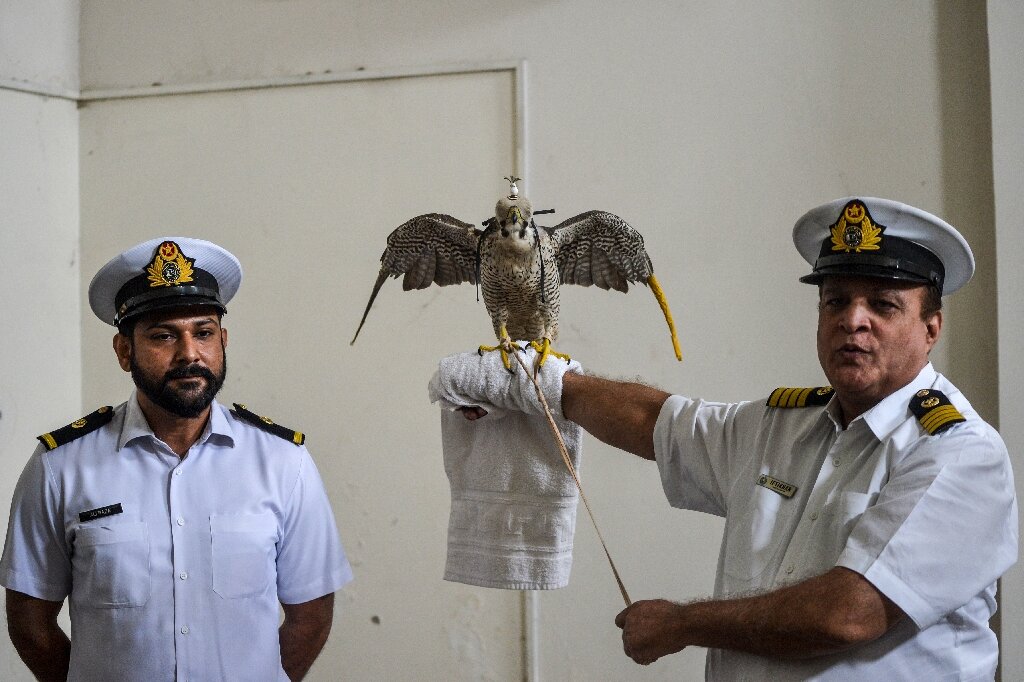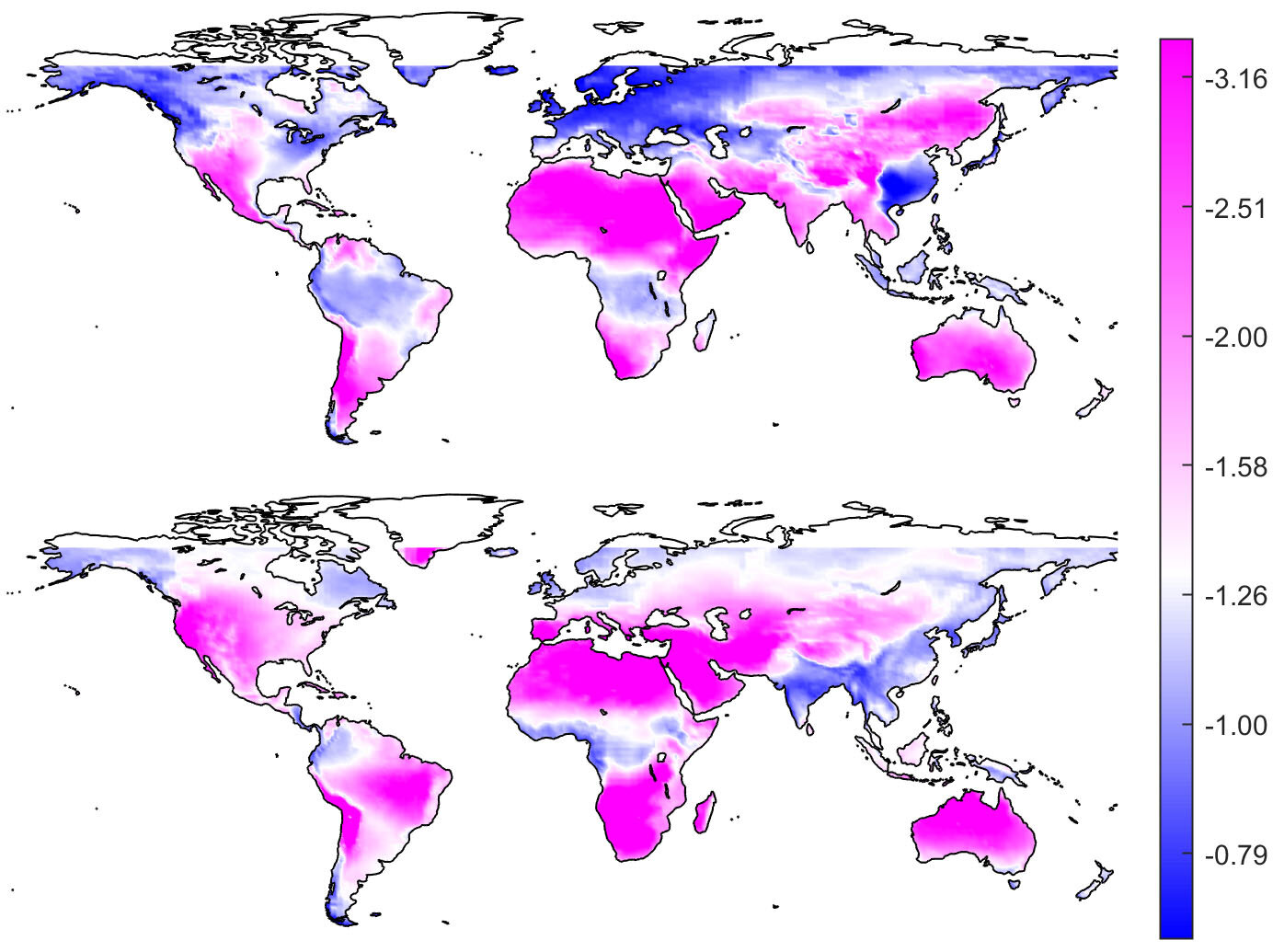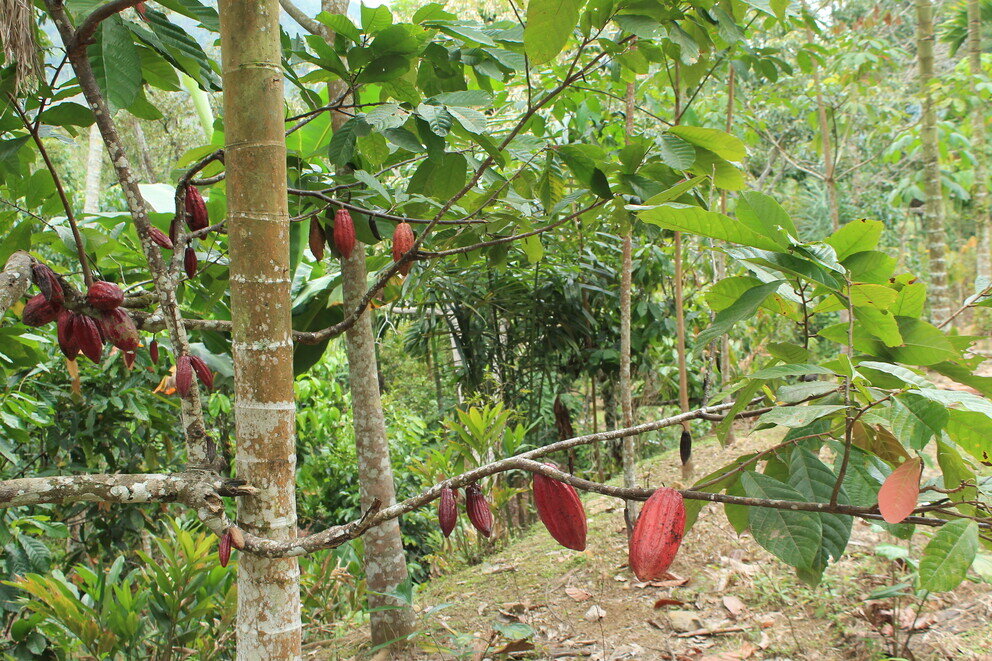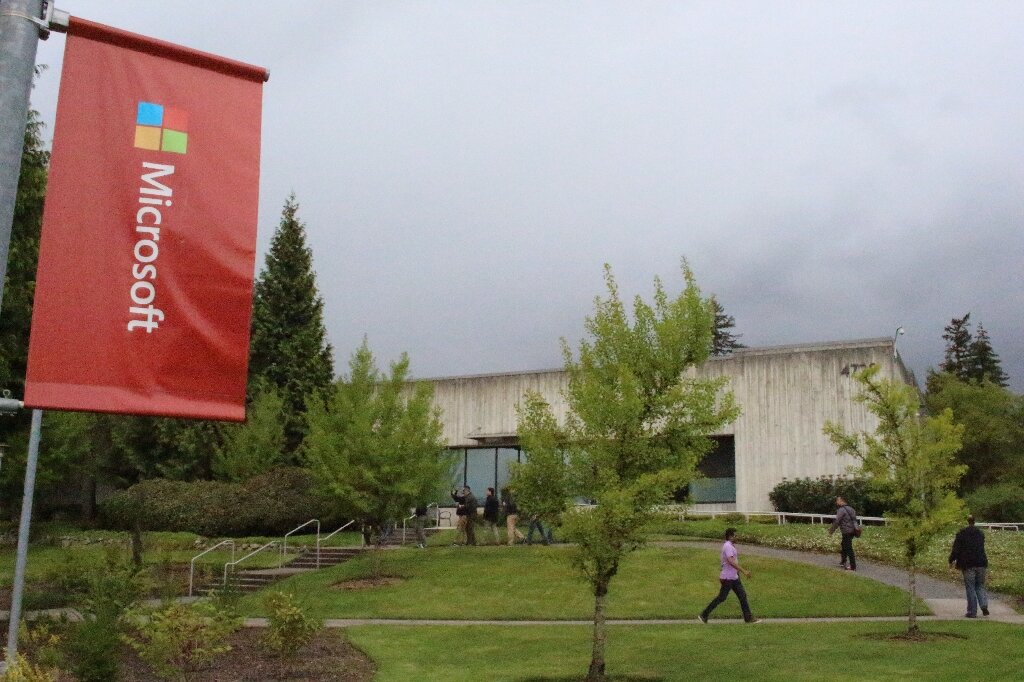#Rare diseases in the Bronze Age
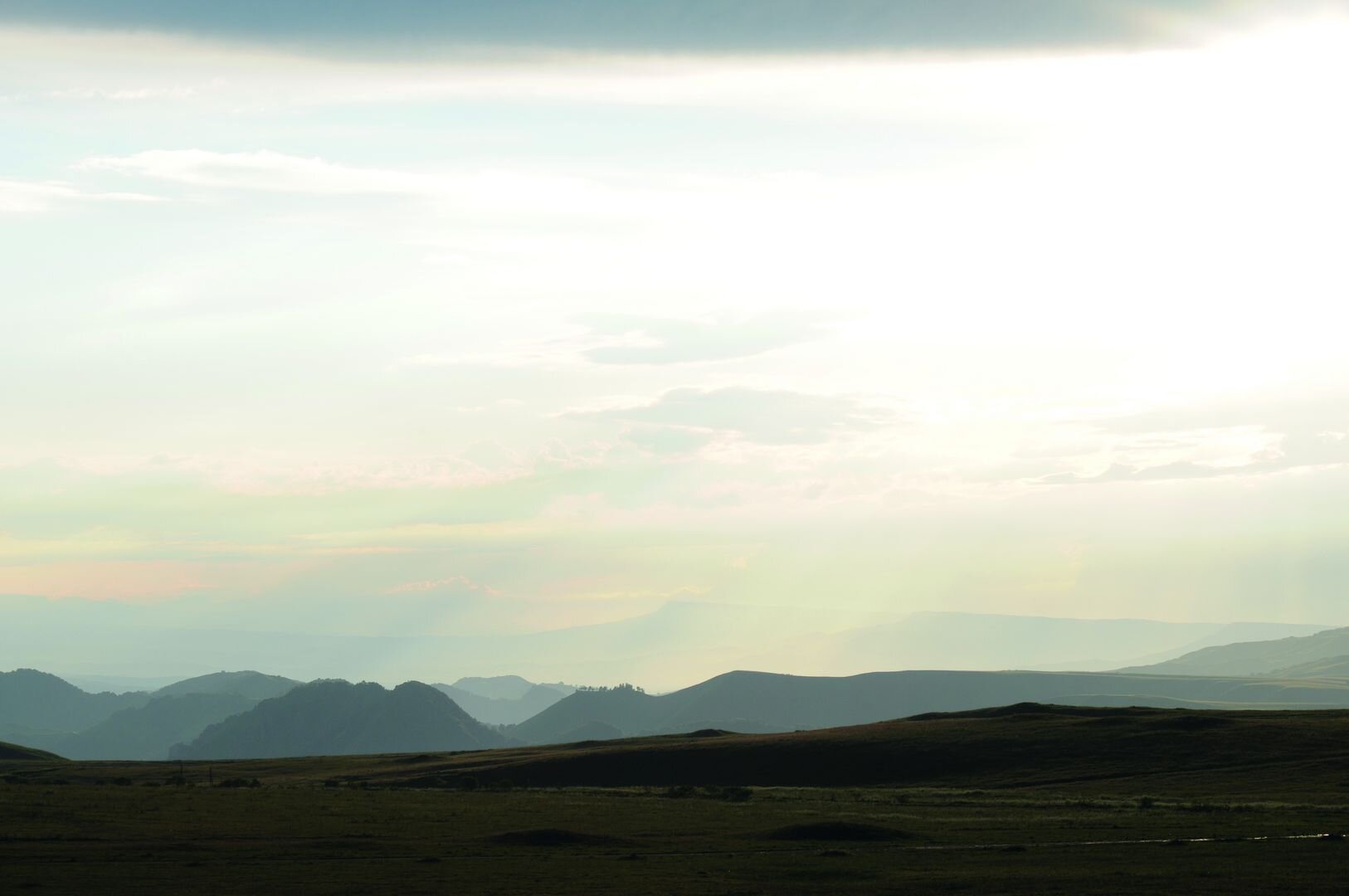
“#Rare diseases in the Bronze Age”

Rare diseases are a special field in medical-pharmaceutical research and treatment today. “Rare” means that no more than five in 10,000 people suffer from a particular disease. Patients affected by a rare disorder are often severely restricted, both physically and in their social life, and require a high level of social and medical care.
But what do we know about rare diseases in the past, so-called ancient rare diseases, and above all how can we define and diagnose them in skeletal human remains?
This question was investigated by Dr. Katharina Fuchs who works as physical anthropologist at the the Institute of Clinical Molecular Biology at Kiel University. Using the disease history of a male individual from the North Caucasus Bronze Age (ca. 2200 to 1650 BC), she came to the conclusion that the criteria for rare diseases used today cannot simply be transferred to the past. The recently published study in the International Journal of Paleopathology shows that not only the diagnosis of rare diseases and the calculation of incidences and prevalence, i.e. frequency, are challenging for the researchers. Individual impairment and the degree of social integration and support are also difficult to reconstruct.
There are many conclusions that the anthropologist K. Fuchs can draw from the skeleton of the man from the Caucasus that she examined as part of the study: Since his youth, he suffered from a rare hip disorder, the Legg-Calvé-Perthes Disease, and he had a limping gait due to this inwards twisted leg. Moreover, as an adult he survived severe fractures of his skull and thigh. Apart from this, the wear patterns of his teeth show that he used them as tools during working processes, as was customary. Also, from the objects that he was buried with can be inferred that he did not hold a particularly high social position.
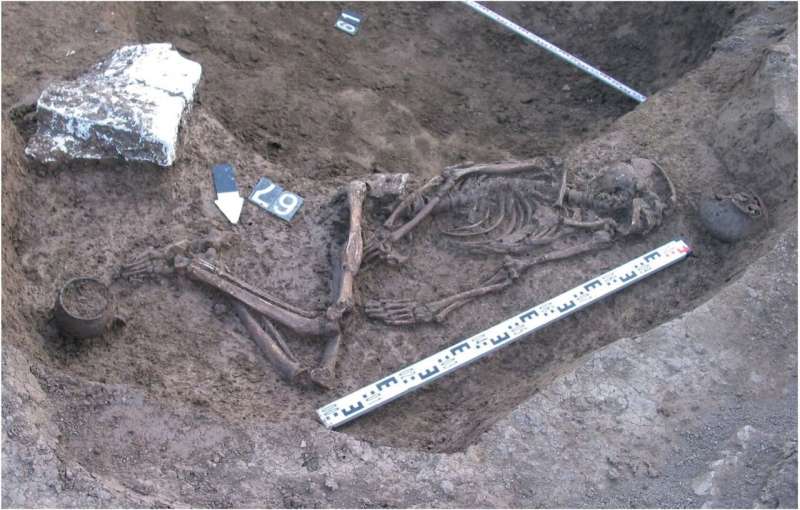
“Taken together, the results show that this man was important to society. The fractures he endured required a high level of care. He probably survived his injuries because his fellow human beings took care of him. This gives us an idea of how people in the North Caucasus treated each other 4,000 years ago and how they treated someone who was physically limited for most of his life,” Fuchs explains. Such considerations go beyond the topic of ancient rare diseases, but illustrate the social dimension of their investigation.
Another result of the study is that the criterion of “rarity” in relation to ancient rare diseases cannot be defined by rigid thresholds. The fact that a disease is rare today does not necessarily mean that it was rare in the past. Depending on the causes for the emergence of a disease, the aetiology, the occurrence, disappearance and, most interestingly, the change from a rare to a common disease pattern are subject to social and human ecological dynamics. This is a finding of modern medicine, which identifies lifestyle and external influences as important components.
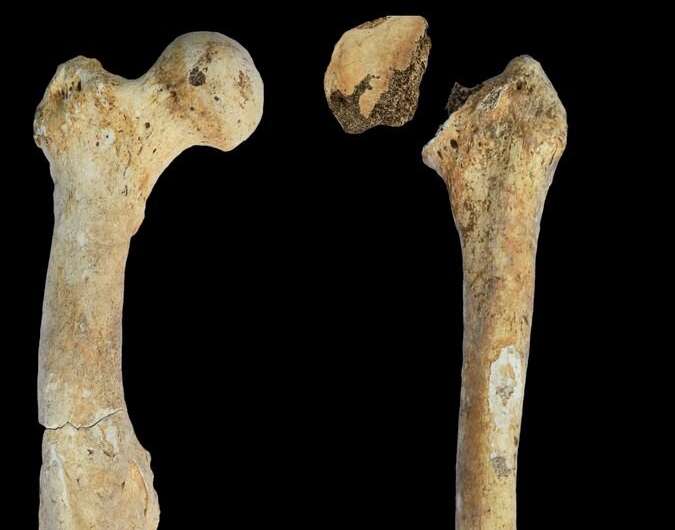
Research into rare diseases of the past is therefore also relevant for our understanding of today’s diseases. One of the co-authors of the study, Dr. Julia Gresky from the German Archaeological Institute, stresses: “Since its foundation in 2019, the research of the “Ancient Rare Diseases’ workgroup also has the task to reach people who are affected today. We hope to contribute to public awareness by pointing out that humankind has always been confronted with rare diseases—but also that being affected does not have to mean social isolation.”
Katharina Fuchs et al. Towards a definition of ancient rare diseases (ARD): Presenting a complex case of probable Legg-Calvé-Perthes Disease from the North Caucasian Bronze Age (2200-1650 cal BCE), International Journal of Paleopathology (2020). DOI: 10.1016/j.ijpp.2020.11.004
Citation:
Rare diseases in the Bronze Age (2021, March 4)
retrieved 4 March 2021
from https://phys.org/news/2021-03-rare-diseases-bronze-age.html
This document is subject to copyright. Apart from any fair dealing for the purpose of private study or research, no
part may be reproduced without the written permission. The content is provided for information purposes only.
If you liked the article, do not forget to share it with your friends. Follow us on Google News too, click on the star and choose us from your favorites.
For forums sites go to Forum.BuradaBiliyorum.Com
If you want to read more Like this articles, you can visit our Science category.
